Step into a time machine with me, dear readers, as we journey back to the golden age of shag carpeting, disco fever, and yes – some truly unforgettable bathroom decor. The 1970s bathroom was a sanctuary of bold colors, quirky accessories, and products that defined an era of self-expression and changing social norms. Some of these beloved bathroom staples have faded into obscurity, while others have stubbornly stood the test of time, perhaps even lurking in your medicine cabinet or linen closet today.
1. Avocado Green Everything
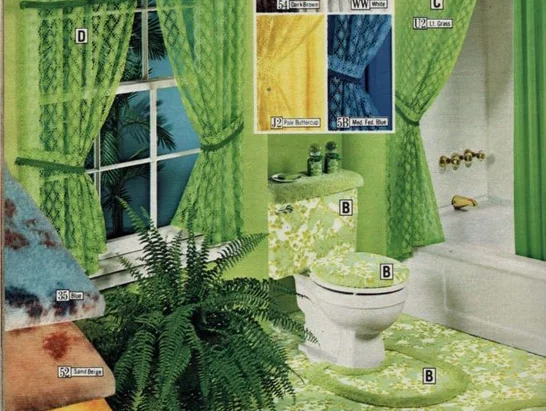
The color palette of the ’70s bathroom was unmistakable, with avocado green reigning supreme as the must-have hue for everything from toilets to sinks to bathtubs. This earthy tone represented the decade’s fascination with bringing the outdoors inside, creating what was then considered a harmonious and natural aesthetic. Walking into a bathroom awash in avocado green fixtures was like entering a verdant oasis, complete with matching towels, bath mats, and even toilet paper covers that grandma lovingly crocheted. According to DecorMatters, several ’70s trends are enjoying a strong comeback this year.
The commitment to this color went far beyond the fixtures, extending to wallpaper patterns, shower curtains, and those fuzzy toilet seat covers that somehow made sitting on cold porcelain in winter months slightly more bearable. Manufacturers like American Standard and Kohler made fortunes selling these colored bathroom suites, convincing homeowners across America that white porcelain was passé and green was the sophisticated choice. Nowadays, finding an intact avocado bathroom suite is like discovering buried treasure for vintage home enthusiasts, though many homeowners have spent small fortunes replacing these dated fixtures with more contemporary styles.
2. Shower Caps with Floral Patterns
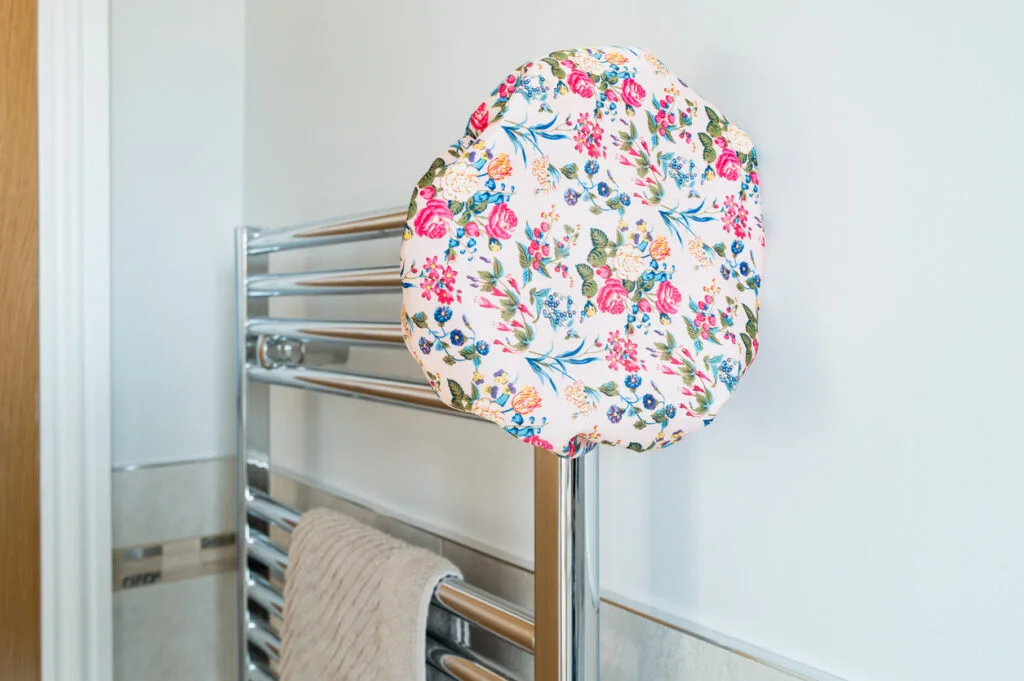
No properly appointed ’70s bathroom was complete without a floral shower cap hanging from a hook or tucked into a drawer, ready to protect elaborate hairstyles from moisture. These waterproof wonders were often made of vinyl or plastic with elastic edges that gripped your hairline while you bathed, featuring bold patterns of daisies, roses, or abstract floral designs that matched the equally bold wallpaper. Mothers and grandmothers modeled the importance of preserving that weekly salon visit, teaching young girls that a proper lady always protected her bouffant or feathered wings. To this day, Turbie Twist argues that shower caps are still a bathroom essential
The shower cap wasn’t just practical—it was a fashion statement that reflected the wearer’s personality, with some opting for pastel patterns while others chose vibrant colors that could be spotted from space. Major brands like Goody and Conair produced millions of these caps, which often came complimentary in hotel bathrooms alongside tiny bars of soap and miniature bottles of shampoo. Today, while many modern bathrooms still harbor shower caps, they tend to be more subdued in design, lacking the personality and flair of their ’70s predecessors that proudly proclaimed, “This hairstyle cost me $15 and half a can of Aqua Net, and I’m not about to let steam ruin it.”
3. The Iconic Pink Pepto-Bismol Bottle
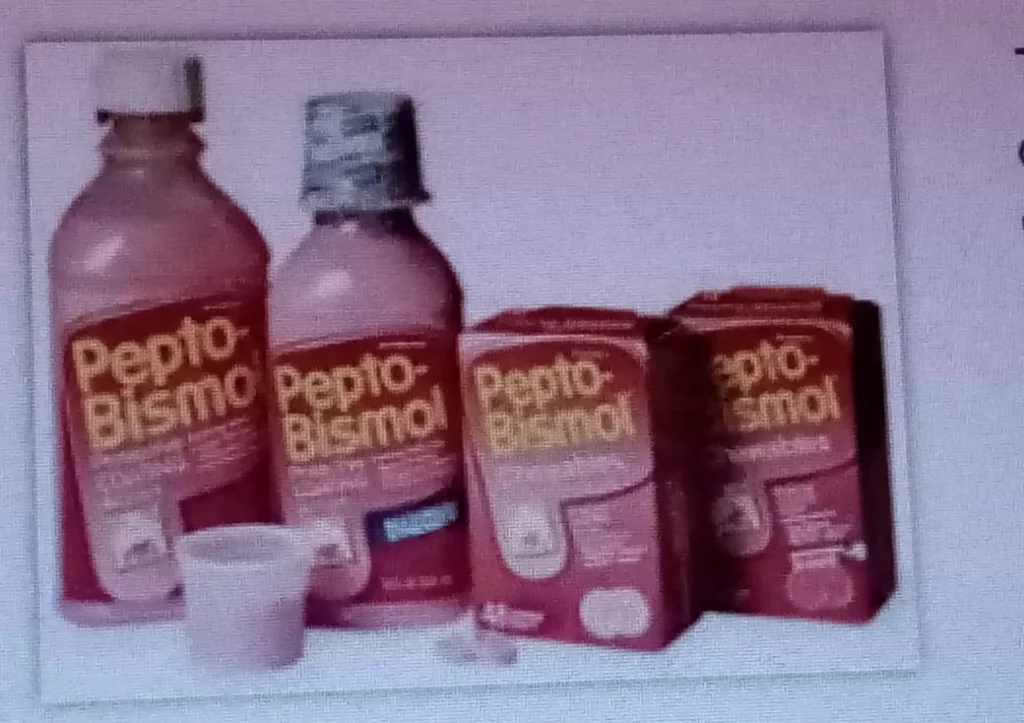
That distinctive bubble-gum pink bottle with its signature cursive logo was a staple in medicine cabinets across America, ready to come to the rescue after overindulging at the neighborhood fondue party. Pepto-Bismol’s unmistakable color and chalky texture provided relief for “upset stomach, indigestion, nausea,” as the memorable jingle reminded us, cementing its status as a trusted family remedy. The product, which dates back to 1901, reached peak popularity in the 1970s when its television commercials featuring people with tummy troubles became part of the cultural landscape. Healthline has the important information to consider when breaking open that pink bottle of pain relief.
The familiar bottle design changed very little over the decades, offering a comforting consistency to generations of Americans dealing with digestive distress. Procter & Gamble, which acquired the brand in 1985, wisely maintained the iconic pink color and basic formula that had become so trusted by consumers experiencing “that burning feeling.” While modern medicine cabinets may now include a variety of specialized digestive remedies, that pink bottle continues to stand the test of time, with over 15 million bottles still sold annually, proving that some bathroom staples are truly timeless.
4. Fuzzy Toilet Seat Covers and Matching Rugs
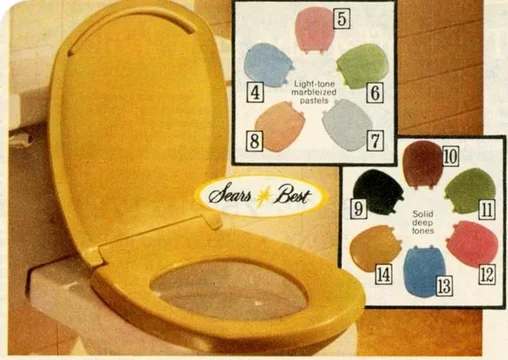
Perhaps no bathroom accessory screams “1970s” quite like the fuzzy toilet seat cover, often paired with a matching contour rug that hugged the base of the toilet and a larger rectangular bath mat. These plush bathroom accessories transformed cold porcelain and tile into something cozy and inviting, available in every color of the rainbow but particularly popular in deep jewel tones like burgundy, royal blue, and that ubiquitous avocado green. The three-piece sets were considered essential housewares for newlyweds setting up their first homes, often gifted at bridal showers alongside fondue sets and salad spinners.
These fuzzy bathroom textiles served both decorative and practical purposes, adding a layer of warmth during cold winter months and protecting bare feet from chilly bathroom floors. Manufacturers like Fieldcrest and Cannon produced countless variations of these sets, which required regular laundering—a fact often overlooked by bachelor households where the once-fluffy covers gradually became matted and suspicious-looking. While interior designers have long since declared these fuzzy accessories outdated, they still lurk in many American bathrooms, particularly in homes of those who value comfort over contemporary style, though modern versions now feature antimicrobial treatments addressing the hygiene concerns that eventually dampened their popularity.
5. Jean Naté After Bath Splash
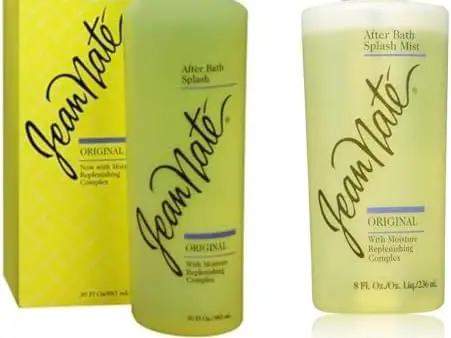
The distinctive yellow bottle of Jean Naté After Bath Splash occupied a place of honor on countless bathroom countertops, ready to deliver its bracing, citrusy freshness after a shower or bath. Women of the era practiced the ritual of splashing this fragrance liberally across shoulders and décolletage, often following with the accompanying body powder applied with a fluffy puff. The scent, with notes of lavender, jasmine, and citrus, was meant to be applied generously, leaving a trail of fragrance that announced a woman’s presence before she even entered a room.
Jean Naté, created in 1935 but achieving peak popularity in the 1970s, represented an affordable luxury during a time when women were increasingly entering the workforce and seeking products that helped them feel confident and feminine. The television commercials featuring women joyfully splashing themselves with the product became iconic, ending with the memorable tagline “The Jean Naté woman, she’s something else!” Though modern fragrance preferences have evolved toward more subtle scents, Jean Naté remains in production, inspiring nostalgia in women who recall their mothers or grandmothers enveloped in its distinctive aroma after emerging from the bathroom fresh and ready to face the day.
6. Space-Age Electric Shavers
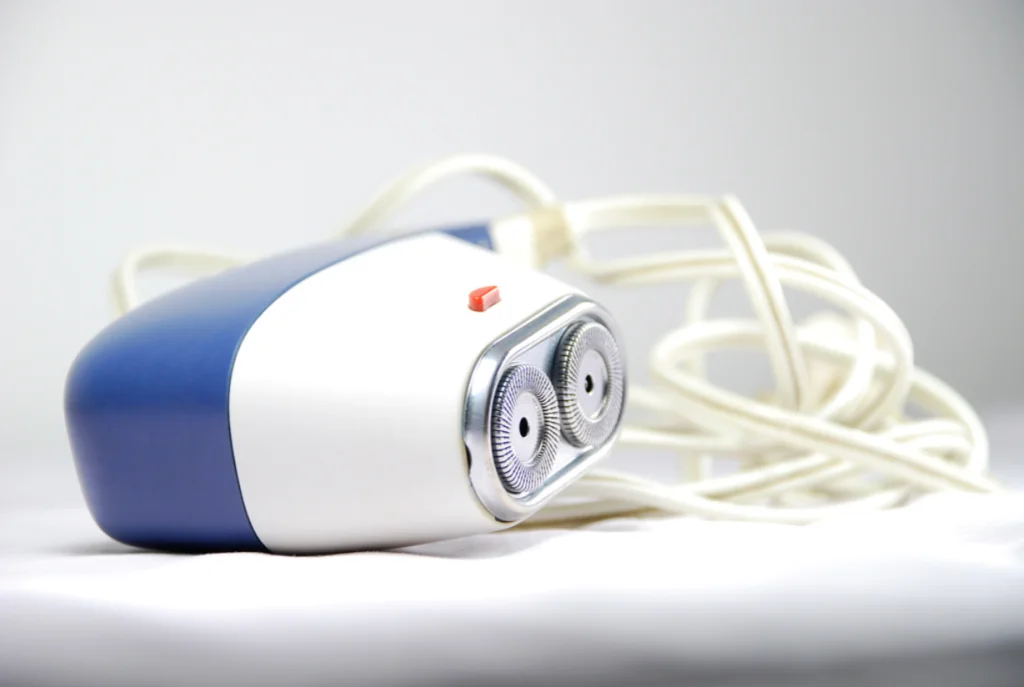
The men’s side of the medicine cabinet often housed a cutting-edge electric shaver, representing the decade’s fascination with technology and convenience. These devices, with their futuristic designs and molded plastic casings in masculine colors like navy blue or silvery gray, promised a smoother, easier shaving experience without the hassle of lather and razors. Brands like Norelco, Remington, and Sunbeam competed fiercely for market share, each introducing new features like floating heads, pop-up trimmers, and rechargeable batteries that seemed positively space-age at the time.
Television commercials for these devices often featured well-groomed men in business attire, suggesting that electric shavers were the choice of successful professionals who valued efficiency and modern living. The distinctive buzz of an electric shaver became part of the morning soundtrack in many households, along with the occasional “ouch” when the device caught a bit of skin in its whirring blades. While many men have returned to traditional wet shaving in recent years, citing closer results and nostalgia of a different sort, the electric shaver continues to evolve with new technologies, maintaining its place in bathrooms of men who prioritize speed and convenience in their morning routines.
7. Lava Soap for Seriously Dirty Hands
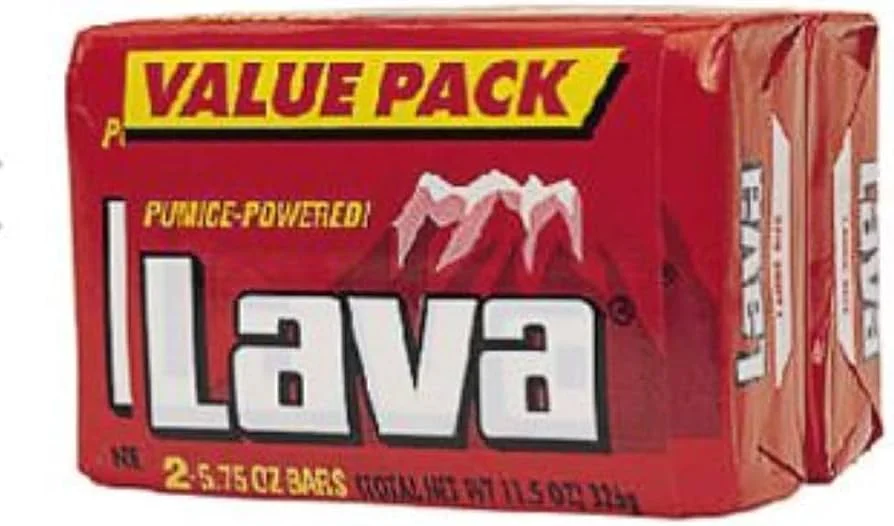
That distinctive red bar of Lava Soap could be found near sinks in households where someone regularly came home with seriously grimy hands, whether from automotive work, gardening, or home improvement projects. The pumice-infused heavy-duty hand cleaner, introduced in 1893, reached peak popularity in the 1970s when do-it-yourself projects became increasingly common among homeowners looking to save money during economically challenging times. The gritty texture felt almost magical in its ability to remove stubborn dirt, grease, and grime that regular soap couldn’t touch, leaving hands clean but often somewhat dry and reddened.
The name “Lava” perfectly captured the volcanic pumice contained within each bar, and the distinctive smell—somewhat medicinal and industrial—became associated with hard work and productivity. WD-40 Company, which now owns the brand, has maintained the original formula while adding moisturizing ingredients to address the drying effects that users have complained about for generations. While liquid hand soaps have largely replaced bar soaps in many modern bathrooms, that red bar of Lava continues to have a dedicated following among gardeners, mechanics, artists, and anyone else who regularly battles serious grime, proving that some products are simply irreplaceable despite decades of newer alternatives.
8. Old Spice Aftershave in the Iconic White Bottle

That distinctive white bottle with its ship logo and red cap was a fixture on men’s bathroom shelves, filling the air with its spicy, masculine scent each morning after shaving. Old Spice, introduced in 1937 but reaching peak cultural status in the 1970s, represented traditional masculinity during a decade when gender roles were otherwise in flux. The ritual of slapping on aftershave with a distinctive “aaah” or grimace became a rite of passage for young men, often using the same brand their fathers and grandfathers had trusted for decades.
The commercials featuring the whistled seafaring tune and nautical imagery reinforced the brand’s connection to adventure and rugged masculinity that appealed to men in the 1970s. Shulton Company, which owned Old Spice until Procter & Gamble acquired it in 1990, maintained consistent packaging and formulation that created powerful nostalgic associations across generations. While modern men have countless grooming options available today, the resurgence of Old Spice through clever marketing campaigns has introduced the classic scent to new generations, ensuring that distinctive white bottle continues to stand at attention in bathrooms across America, ready for daily deployment.
9. Fish-Shaped Novelty Soaps
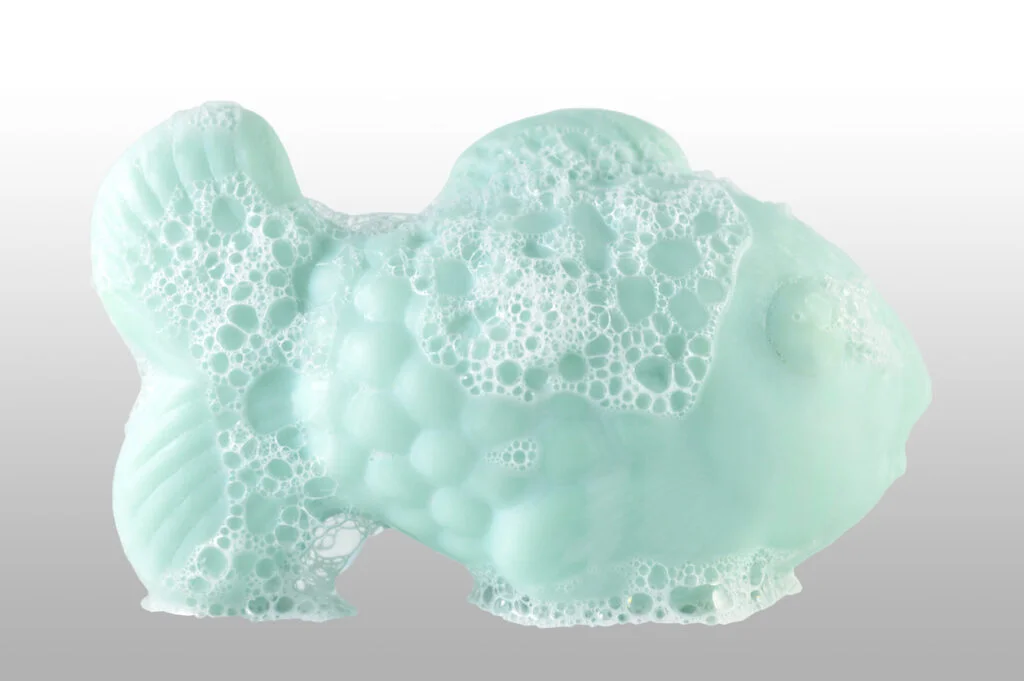
Decorative soaps shaped like fish, seashells, or flowers were displayed in delicate soap dishes, meant to be admired rather than actually used for handwashing. These colorful bathroom accents, often in pastel colors with subtle fragrances, represented the 1970s enthusiasm for bathroom decor that was both whimsical and coordinated with overall design themes. Guests understood the unspoken rule: the fish-shaped soap was strictly for show, while the actual hand soap (usually Dial or Ivory) was kept in a more practical dispenser or on a separate dish designated for everyday use.
The novelty soap industry boomed during this era, with companies like Avon introducing collected figurines and shapes that homemakers eagerly displayed. These decorative soaps often coordinated with bathroom themes—maritime motifs for blue bathrooms, floral designs for more feminine spaces—and frequently arrived as thoughtful hostess gifts or stocking stuffers during the holidays. While purely decorative soaps have largely fallen out of fashion in today’s more minimalist bathrooms, vintage examples can still be found in antique shops and online marketplaces, coveted by collectors who appreciate these whimsical artifacts from a time when bathroom decor was anything but understated.
10. The Infamous Toilet Paper Cozy
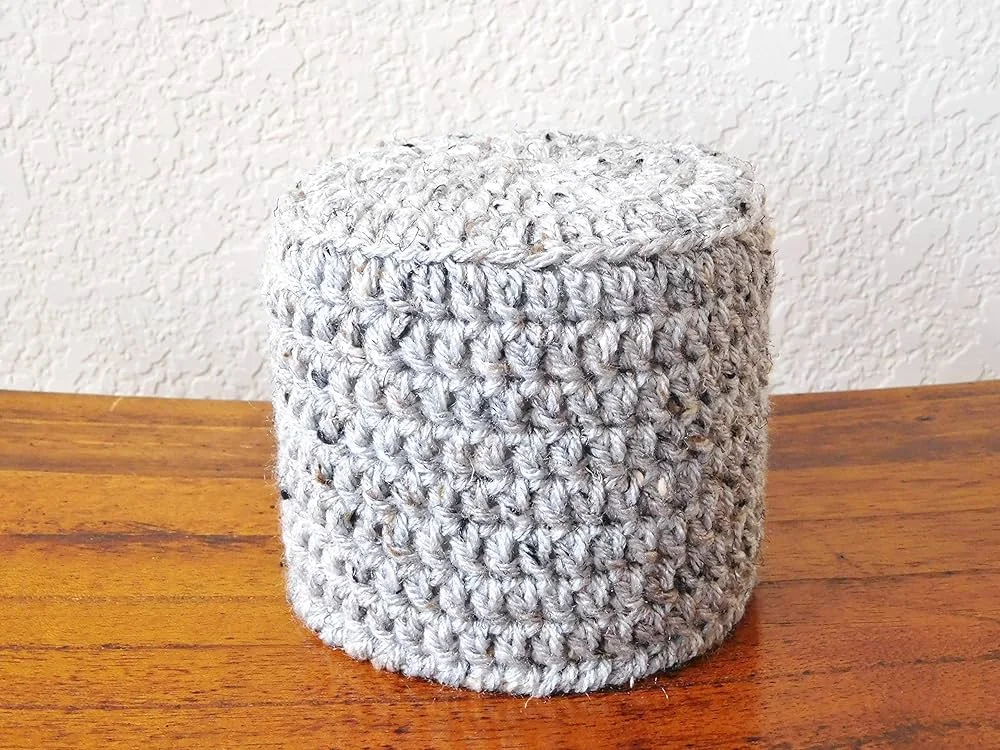
Crocheted or knitted toilet paper cozies topped many a spare toilet paper roll, transforming basic bathroom tissue into a decorative element while keeping it dust-free. These handcrafted covers often featured a doll torso on top, with the toilet paper roll concealed beneath a full skirt, creating the illusion of a fancy southern belle or other character whose voluminous dress happened to be made of double-ply bathroom tissue. Crafty homemakers created these conversation pieces in colors coordinating with their bathroom decor, often adding embellishments like artificial flowers, ribbons, or even tiny hats to personalize their bathroom guardians.
The toilet paper cozy represented the 1970s compulsion to cover absolutely everything in the home, from toasters to tissue boxes, perhaps reflecting a cultural desire to soften the edges of everyday objects. These decorative covers appeared in craft magazines and bazaars across America, with patterns handed down from mother to daughter alongside other essential domestic arts. While modern interior design has largely abandoned such frilly accessories in favor of exposed, architectural toilet paper holders or simple covered dispensers, these kitschy creations still occasionally appear in bathrooms of those who appreciate vintage charm or ironic retro decor, a fluffy reminder of a time when no household item was too mundane to dress up.
11. The Shell-Shaped Guest Soap Dish
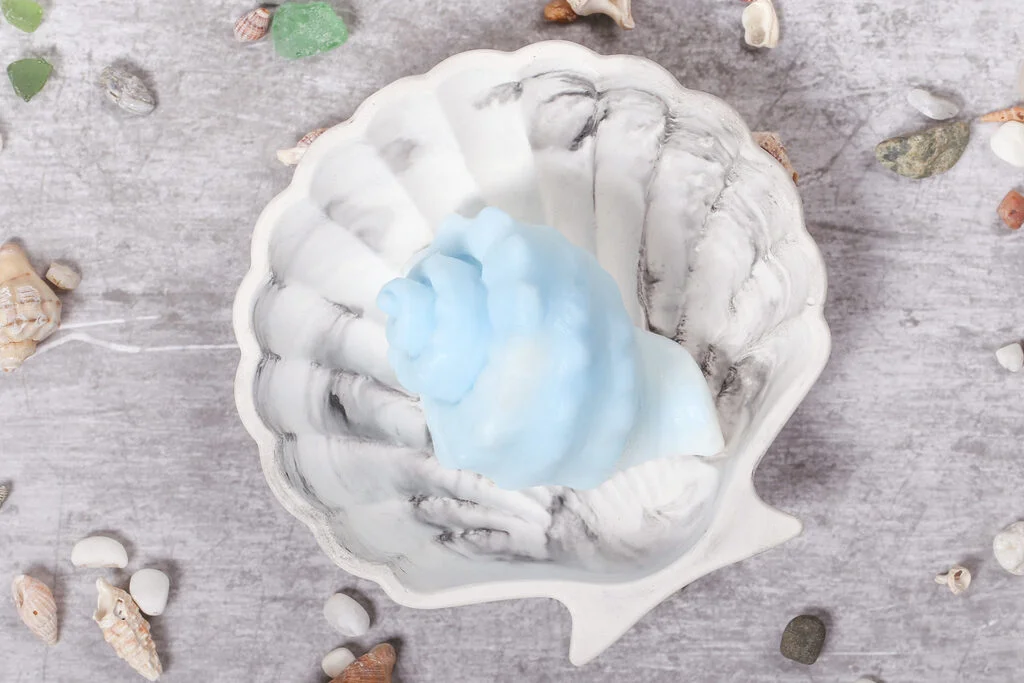
The bathroom reserved for guests often featured a shell-shaped soap dish containing pristine, perfectly arranged individual guest soaps, untouched except for special occasions. These decorative dishes, often made of ceramic, milk glass, or actual seashells, elevated the handwashing experience for visitors and signaled a hostess who attended to every detail of her home presentation. The small, individually wrapped or molded soaps inside—usually in delicate colors and scents like rose, lavender, or lily of the valley—were a subtle luxury that made guests feel specially accommodated.
Department stores and gift shops did brisk business selling these soap dish sets, which were considered essential items for the well-appointed home. Brands like Avon, Caswell-Massey, and Crabtree & Evelyn produced countless variations of guest soaps, often packaged in decorative boxes that made perfect hostess gifts or Mother’s Day presents. While the formal guest bathroom with its special soaps has become less common in modern homes, these charming shell dishes still appear in vintage-inspired bathrooms and in the homes of those who cherish traditional hospitality customs, a small reminder that sometimes the most ordinary activities deserve a touch of ceremony.
12. Wood-Grain Contact Paper on Everything
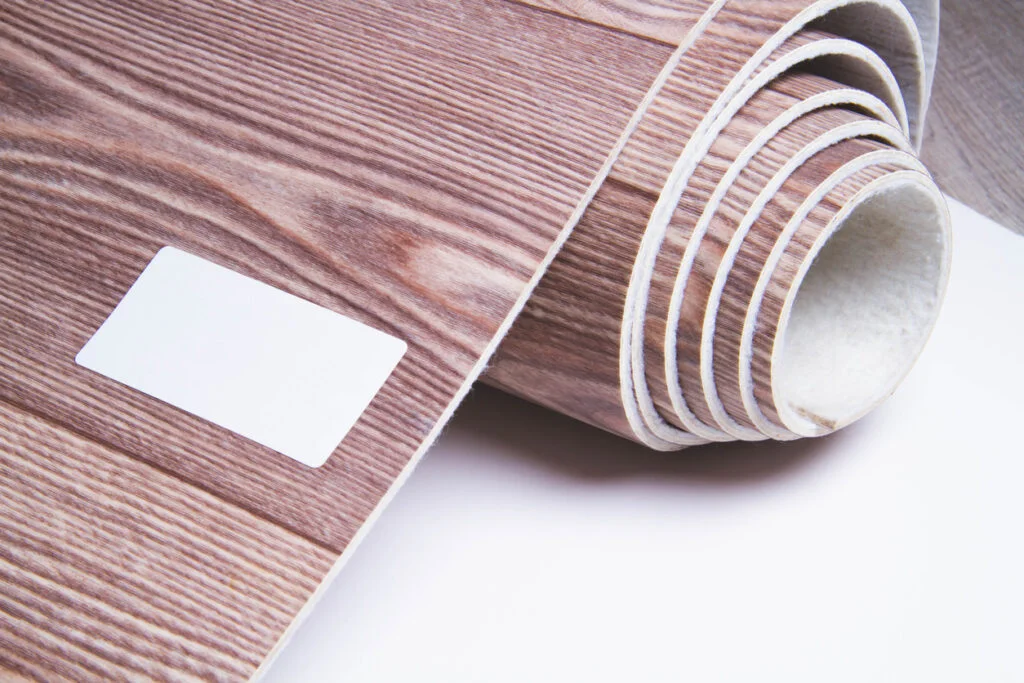
When bathroom cabinets or walls needed refreshing, countless homeowners turned to self-adhesive contact paper with wood-grain patterns, transforming dated surfaces without the expense of renovation. This affordable DIY solution, available in patterns mimicking everything from knotty pine to dark walnut, allowed homeowners to coordinate their bathroom storage with the wood-paneled dens and family rooms that were equally popular during the decade. The sticky-backed vinyl required careful application to avoid bubbles and wrinkles, often becoming a weekend project that ended with at least one family member storming away in frustration after a particularly challenging corner refused to cooperate.
Contact paper manufacturer Con-Tact Brand introduced the self-adhesive product in 1952, but it reached peak popularity in the budget-conscious 1970s when home improvement television shows and magazines encouraged DIY makeovers. The versatile material covered everything from medicine cabinets to toilet tank lids, creating a cohesive look that complemented other wooden bathroom accessories like toilet paper holders and towel racks. While sleek, modern bathrooms have largely abandoned faux wood finishes in favor of clean whites and solid colors, contact paper itself has enjoyed a renaissance in recent years, though today’s patterns tend toward geometric designs and marble effects rather than the wood grains that once dominated 1970s bathroom decor.
13. The Ubiquitous Hair Dryer Bonnet

That plastic bonnet attached to a long hose, which connected to a portable case housing the actual dryer motor, was a revelation for women who previously had to visit salons for professional blow-drying. The bonnet hair dryer allowed women to set their hair in rollers, cover it with the heat-distributing cap, and go about their household tasks while their hair dried evenly and thoroughly. The gentle hum of these devices became the soundtrack to many Saturday mornings as women prepared for evening social engagements or Sunday church services, often setting up command centers in bathrooms where they could simultaneously dry their hair and apply makeup.
Major appliance manufacturers like General Electric, Sunbeam, and Lady Sunbeam produced millions of these dryers in fashionable colors like pink, blue, and ivory, often with matching cases for storage and transportation. The convenience of hands-free drying allowed women to multitask during their beauty routines, though the limited mobility (determined by the length of the hose) and the somewhat comical appearance of the bonnet meant most women used them in the privacy of their homes rather than risking being seen by unexpected visitors. While modern blow dryers and styling tools have largely replaced these retro appliances, vintage examples have become collectible items, and some companies still manufacture updated versions for those who prefer this gentle, even drying method over handheld dryers.
The 1970s bathroom represented a unique moment in American cultural history—a time when self-care routines were becoming more elaborate, household products were increasingly specialized, and home decor embraced bold, expressive choices rather than playing it safe. Many of these once-ubiquitous items have disappeared from our modern bathrooms, victims of changing tastes and advancing technology. Others have evolved while maintaining their essential purpose. But perhaps the most special bathroom items from this era are those that survive unchanged, still fulfilling the same functions they did nearly fifty years ago, connecting us to a simpler time when avocado was a color choice rather than a toast topping, and personal care was becoming an increasingly important part of American life.


